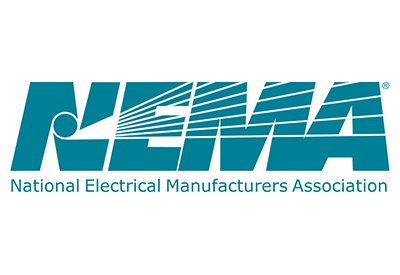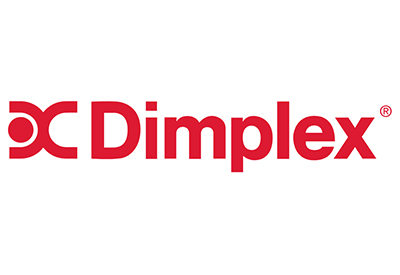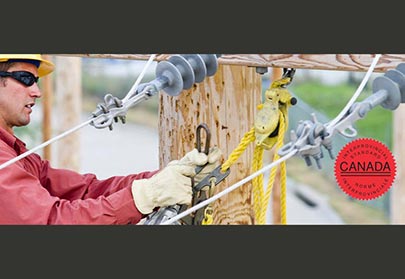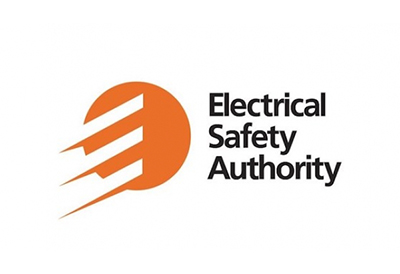Alberta Invests in ERA Clean Technology Challenge

Aug 2, 2018
Up to $70 million is available through the Emissions Reduction Alberta (ERA) Biotechnology, Electricity and Sustainable Transportation (BEST) Challenge to develop new clean-technology projects to cut their energy costs, while reducing greenhouse gases. Funding for the program is provided by the provincial government through ERA.
ERA’s BEST Challenge is open to technology developers, industry, industrial associations, small and medium-sized enterprises, research and development organizations, post-secondary institutions, municipalities, not-for-profit organizations, government research labs and individuals. Collaboration and engagement with Alberta’s post-secondary and research institutions is encouraged.
The three focus areas in the BEST Challenge — biotechnology, electricity and sustainable transportation — account for up to 40% of Alberta’s annual GHG emissions.
“We are looking for innovative technologies that will strengthen Alberta’s economy and reduce GHG emissions,” says Shannon Phillips, Minister of Environment and Parks and Minister responsible for the Climate Change Office. “This challenge reinforces the benefits of working across sectors to find clean technology solutions. As always, Albertans are the source of innovation and we are proud to support made-in-Alberta projects.”
“Working across sectors which share similar policy, technical and economic challenges increases the opportunity to break down barriers. Successful projects will reduce GHGs and accelerate scale-up of new value-added products and services that support economic growth, community health and environmental leadership on a local, national and global scale,” Steve MacDonald, CEO of Emissions Reduction Alberta, said.
Proposals can address a single industry or span across multiple industries. Eligible technologies can come from anywhere the world, but projects must be piloted, demonstrated or implemented in Alberta. One of the challenge’s focus areas is sustainable transportation. Through the challenge, ERA will seek new opportunities for supporting more fuel-efficient aviation technology.
The application deadline is Sept. 13, 2018. Find out more: http://eralberta.ca/










![Guide to the Canadian Electrical Code, Part 1[i], 26th Edition – A Road Map: Section 10 – Grounding and Bonding](https://electricalindustry.ca/wp-content/uploads/2022/11/Guide-CE-Code-2.png)





